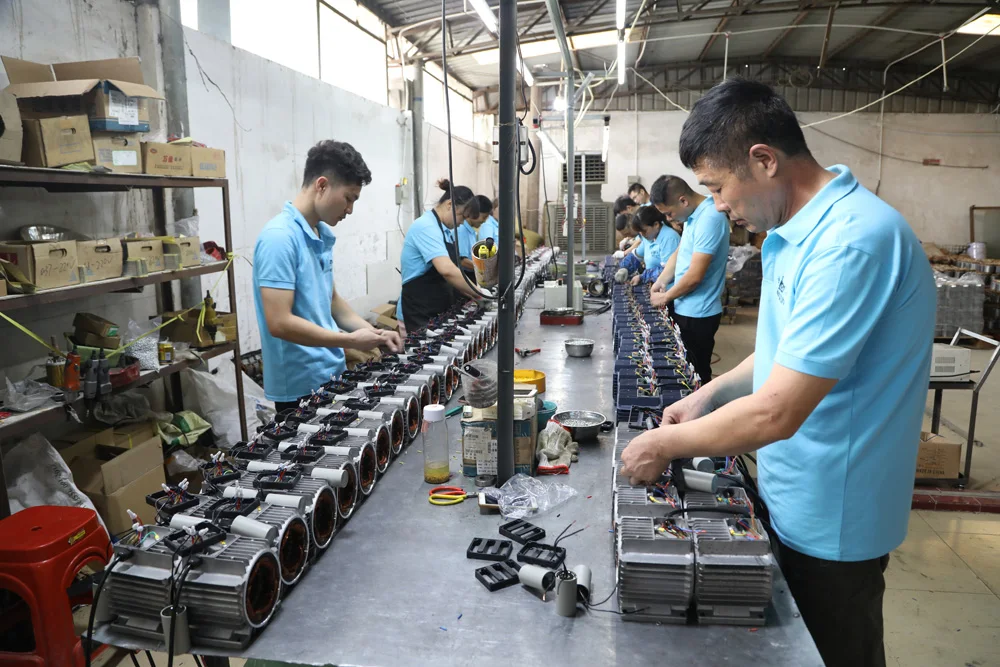Choosing the Best H-Type Chicken Cages for Your Farming Needs
Nov . 16, 2024 21:06 Back to list
Choosing the Best H-Type Chicken Cages for Your Farming Needs
Understanding H-Type Chicken Cages A Comprehensive Overview
In the poultry farming industry, especially for layer hens, the efficiency and welfare of the animals are paramount. Among various types of housing systems for chickens, the H-type chicken cage has gained significant attention due to its unique design and several benefits. This article delves into the features, advantages, and considerations associated with H-type chicken cages.
Design Features
H-type chicken cages are characterized by their horizontal structure, which allows for optimizing space and enhancing the living conditions of the birds. Typically, these cages are arranged in tiers that can accommodate multiple birds, maximizing vertical space. The cages are constructed with robust materials that ensure durability while facilitating easy cleaning and maintenance, thereby promoting a healthy environment for the hens.
The design also incorporates features that support the natural behaviors of chickens, including perches and nesting areas. This arrangement enables the birds to engage in activities that are essential for their well-being, such as resting and laying eggs in a more natural setting.
Benefits of H-Type Chicken Cages
1. Space Efficiency H-type cages utilize vertical space effectively, allowing farmers to house more birds in a smaller footprint without compromising on their comfort. This efficiency can lead to lower land costs and improved overall productivity.
2. Enhanced Biosecurity The design of H-type cages minimizes the risk of disease transmission among birds. The separation of tiers and the ease of cleaning reduce the likelihood of contamination, contributing to healthier flocks and higher egg production rates.
h type chicken cage

3. Labor Savings H-type systems are designed for ease of management. With automated feeding and watering systems, farmers can save time and labor costs. This automation helps in maintaining consistent food and water supply, directly impacting the hens' health and productivity.
4. Improved Egg Quality H-type cages often provide controlled environments that contribute to higher egg quality. With optimal light, temperature, and space, hens are likely to produce eggs that meet market standards, benefiting both producers and consumers.
5. Animal Welfare While debates about animal welfare in poultry farming continue, modern H-type cages are designed to fulfill the chickens' behavioral needs more effectively than traditional battery cages. This focus on welfare not only helps satisfy consumer demand for ethically produced eggs but also aligns with regulatory standards on animal housing.
Considerations
Despite the numerous advantages, there are certain considerations that poultry farmers must keep in mind when opting for H-type cages. Initial investment costs can be higher than conventional systems. Additionally, ongoing maintenance and compliance with welfare regulations require diligent management.
Farmers must also remain aware of public perception regarding cage systems in general. As consumers become increasingly concerned about animal welfare, it is crucial for producers to transparently communicate their practices and the benefits of the housing systems they employ.
Conclusion
H-type chicken cages represent a significant advancement in poultry farming, offering both operational efficiencies and enhanced welfare for layer hens. As the industry evolves, embracing innovative solutions like H-type cages can lead to sustainable practices that benefit farmers, birds, and consumers alike. By understanding and leveraging the advantages of these systems, the poultry industry can continue to thrive in a competitive market while addressing the growing concerns for animal welfare.
-
Hot Sale 24 & 18 Door Rabbit Cages - Premium Breeding Solutions
NewsJul.25,2025
-
Automatic Feeding Line System Pan Feeder Nipple Drinker - Anping County Yize Metal Products Co., Ltd.
NewsJul.21,2025
-
Automatic Feeding Line System Pan Feeder Nipple Drinker - Anping County Yize Metal Products Co., Ltd.
NewsJul.21,2025
-
Automatic Feeding Line System - Anping Yize | Precision & Nipple
NewsJul.21,2025
-
Automatic Feeding Line System - Anping Yize | Precision & Nipple
NewsJul.21,2025
-
Automatic Feeding Line System-Anping County Yize Metal Products Co., Ltd.|Efficient Feed Distribution&Customized Animal Farming Solutions
NewsJul.21,2025






